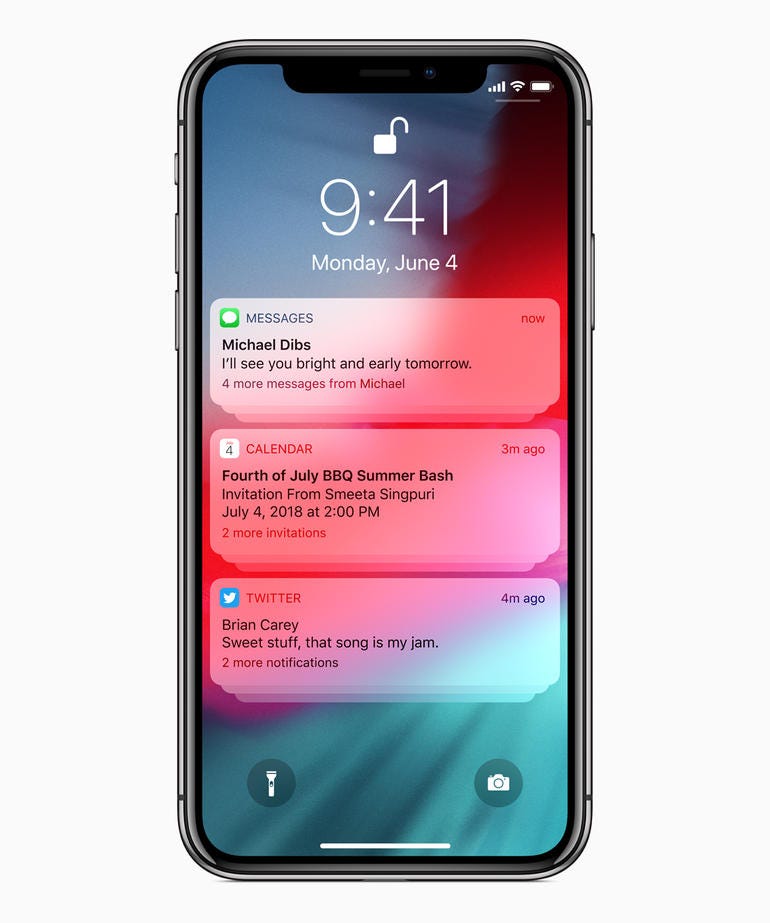3
min to read
Jan 10, 2024
In today's digital landscape, cross-channel communication has become essential for businesses to engage with their customers. However, with the increasing number of communication channels, it has become challenging to ensure secure communication across all channels. In this article, we will discuss the best practices for secure cross-channel communication that businesses need to know.

Choose Secure Platforms
One of the simplest ways to secure your cross-channel communication is to choose secure platforms. Ensure that the platforms you use for communication are encrypted and have robust security features. For example, use messaging apps that offer end-to-end encryption, such as Signal or WhatsApp, to ensure that your messages are secure and cannot be intercepted by third parties.
Use Strong Passwords
Using strong passwords is another essential practice for securing cross-channel communication. A strong password should be at least 12 characters long, include a mix of letters, numbers, and symbols, and avoid common or predictable patterns. It is also crucial to use unique passwords for each account or service to prevent a single password breach from compromising all your accounts.
Enable Two-Factor Authentication
Two-factor authentication (2FA) is an additional layer of security that can help protect your cross-channel communication. 2FA requires users to provide two forms of identification, such as a password and a code sent to their phone, to access their accounts. Enabling 2FA can significantly reduce the risk of unauthorized access to your communication channels.
Consider All Previous Communications with a Customer
It is essential to consider all previous communications with a customer when communicating across channels. Ensure that your customer communication management (CCM) system can track all communications sent via all channels to a customer. This will help you avoid sending duplicate or conflicting messages and ensure that your communication is consistent across all channels.
Create Clear, Readable, and Compelling Content
Creating clear, readable, and compelling content is crucial for effective cross-channel communication. Ensure that your content is concise, easy to read, and relevant to your target audience. Use AI-powered tools to analyze customer behavior and tailor your content accordingly.
Don't Spam Your Customers or Overwhelm Them with Communications
No one likes spam emails or overwhelming communication. Ensure that every communication you send to a customer is necessary and relevant. Consider how many touchpoints you have with customers in a day or week and avoid overwhelming them with communications via different channels. This can lead to customers opting out of receiving your messages altogether.

Conclusion
In conclusion, secure cross-channel communication is essential for businesses to engage with their customers effectively. By following these best practices, businesses can ensure that their communication is secure, consistent, and relevant across all channels. Remember to choose secure platforms, use strong passwords, enable two-factor authentication, consider all previous communications with a customer, create clear and compelling content, and avoid spamming or overwhelming your customers with communications. By implementing these best practices, businesses can build trust with their customers and drive business growth.




